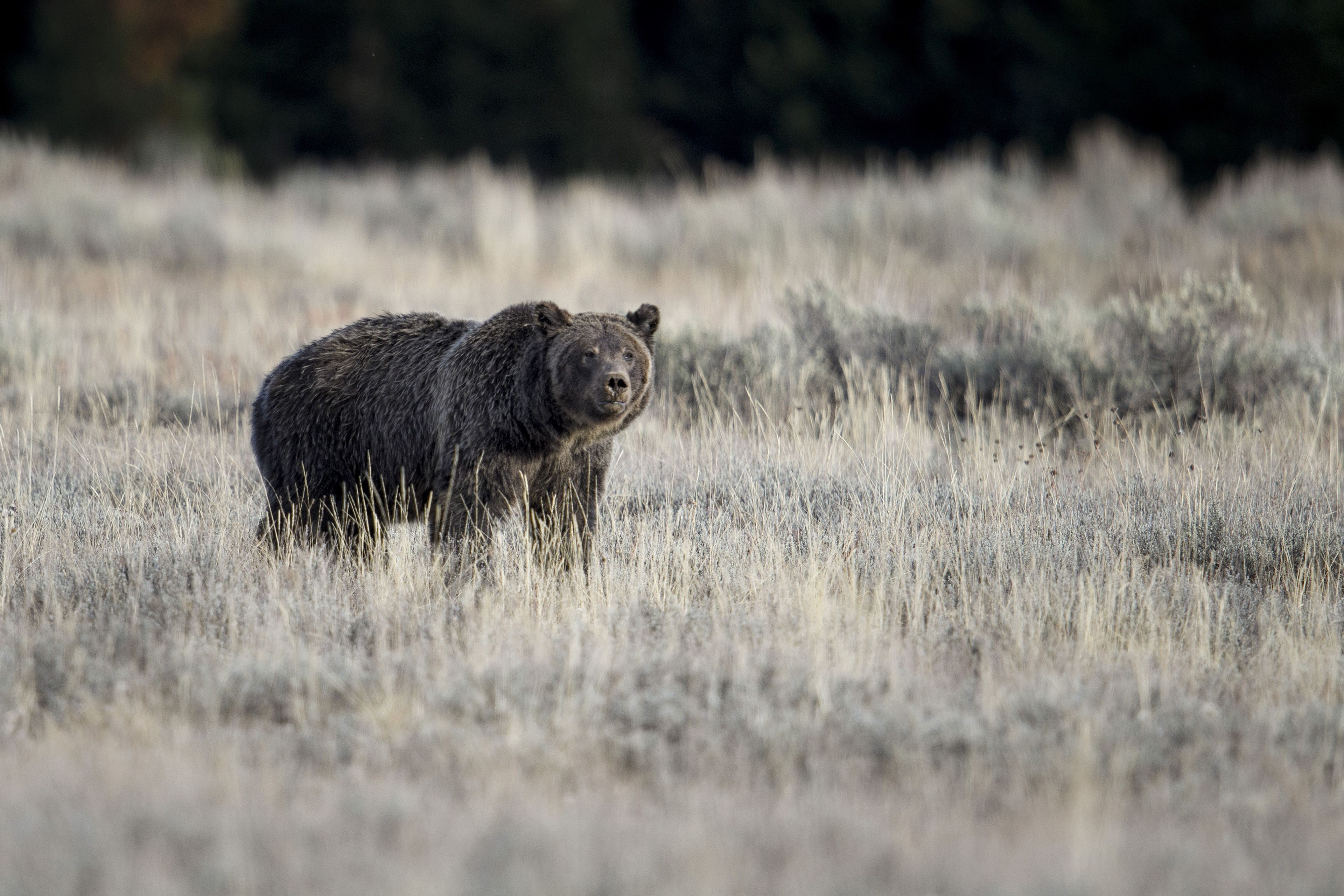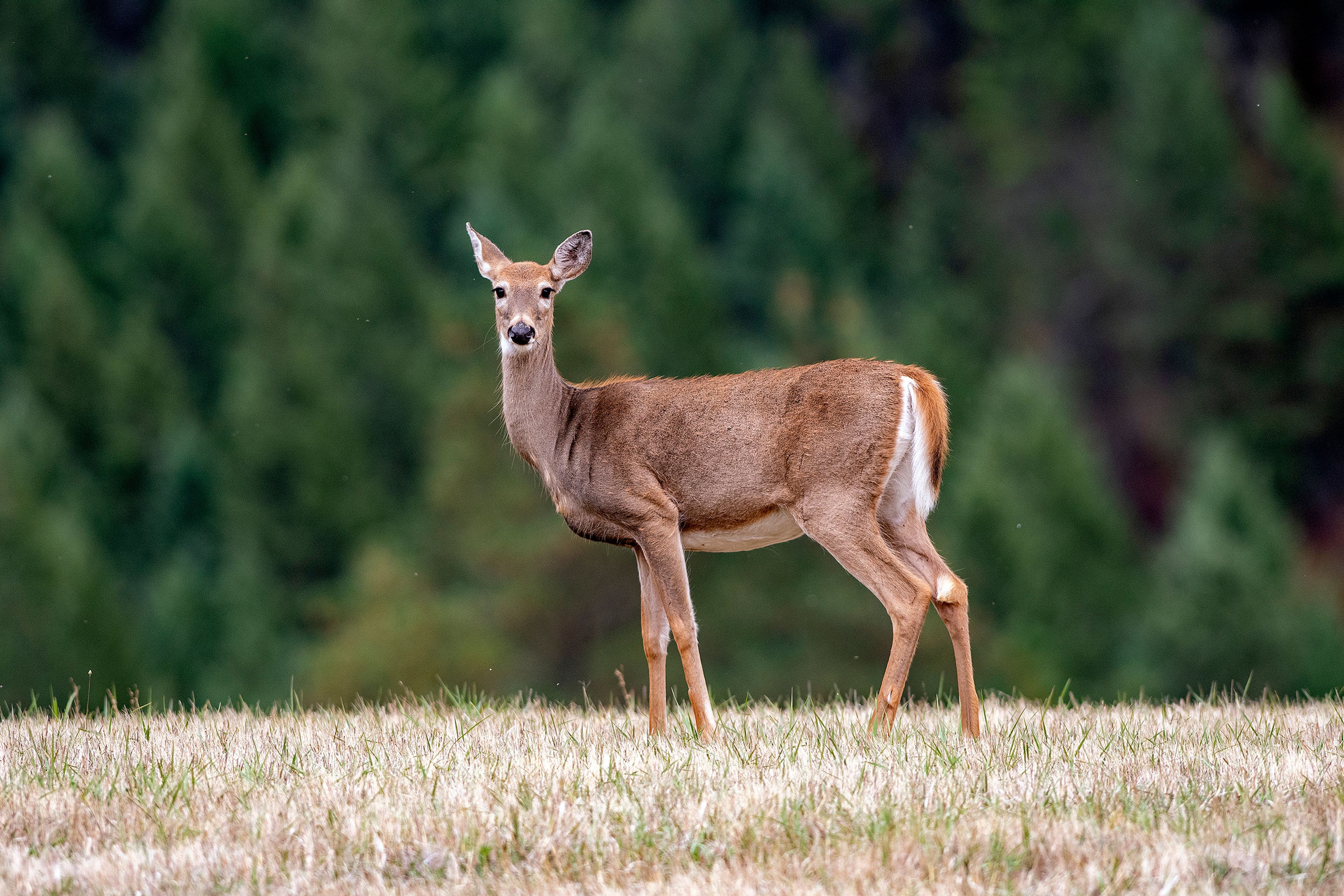‘Fire, grizzlies and backcountry adventure’
Rangers must take interesting measures to destroy dead animals in Wyoming
When a horse or another large animal dies in the Wyoming backcountry, Forest Service officials sometimes must go to bizarre measures to destroy it.
Animals like horses, elk, moose and other big creatures can be too big to haul out, and leaving the bodies out in the open risks attracting territorial predators such as grizzly bears, which can endanger trail users on backcountry routes.
So what are officials to do? Sometimes they simply blast the large carcasses to smithereens, a U.S. Forest Service official told McClatchy News.
“If we blast carcasses, and it does happen, it’s not a common occurrence by any means,” Shoshone National Forest spokesperson Evan Guzik said in a phone interview.
Every case is different, and sometimes exploding carcasses isn’t appropriate or even possible, he said.
That’s why when two mares slipped and tumbled to their deaths on a remote trail near Cody on Oct. 11, the Forest Service ultimately decided against blowing their bodies up, Cowboy State Daily reported.
“Where the horses came to rest was in a pile of very dry brush and timber,” Guzik told McClatchy. “In this case, blasting was not the appropriate action because of how dry it was.”
Doing so might have ignited a wildfire in this specific case, he said.
Some news outlets falsely reported the U.S. Forest Service would temporarily halt the practice agencywide during wildfire season, but that isn’t the case, he told McClatchy News.
“This was an isolated incident in Shoshone National Forest,” he said.
Instead of destroying the carcasses, Forest Service officials re-routed the trail about 100 yards around the horse carcasses in hopes of preventing any potential encounters between grizzlies and trail users, he said.
“A lot of the time nature takes its course. There are a lot of animals that will find a good food source and take care of the problem,” he said. “Our biggest concern is making sure grizzlies don’t just claim them and become very defensive and territorial around the carcass.”
That’s why the Forest Service will explode a carcass, at least when conditions are right for it, Guzik told Cowboy State Daily. The predators can’t exactly guard a bunch of scattered bone bits and other remains the way they can with an intact carcass.
“Instead of having the carcass in one place — it’s kind of gory — but basically, it spreads the problem out in a more particulate manner,” he told the outlet.
The agency has been doing it for decades, according to a guidebook originally published in 1995. The guide has seen plenty of updates since then, Guzik said.
If all goes according to plan, the carcass is totally obliterated, Cowboy State Daily reported.
“It’s kind of gross, but if you do it right, you end up with a hole in the ground and no chunks bigger than what a bird would eat,” Crosby Davidson, a Forest Service regional blast expert, told the outlet. “Later, you might find a bear wandering around, licking the dirt, but there’s no one thing there for him to defend, so he behaves differently than he would if there’s a whole carcass.”
The situation highlights “a uniquely Western confluence of risk: Fire, grizzlies and backcountry adventure,” the Casper Star Tribune reported.
It’s a good “opportunity for rangers to remind outdoor recreationists of bear safety basics,” the outlet reported. “Hunters are encouraged to field dress kills as quickly as possible. Hikers are recommended to go in groups, make noise, and always carry bear spray.”









